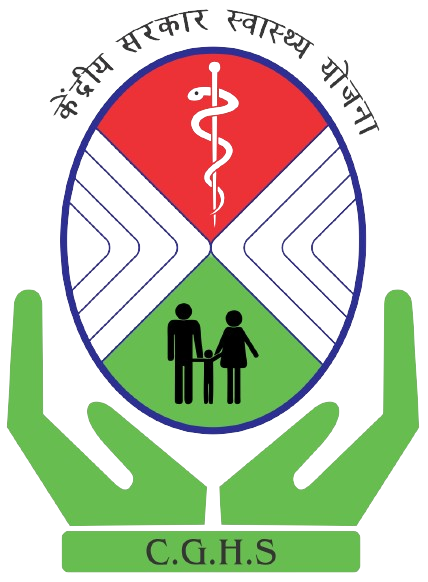
The basic theory of Ayurveda revolves around Tridosha, Tri means Three and Doshas means Humours. These are:
- Vata accounts for air and all the different movements in the body.
- Pitta accounts for fire and all the metabolism, digestion in the body.
- Kapha accounts for water and all the mucous contents of the body.
According to the principles of Ayurveda, the attainment of complete health of an individual depends on the complete harmony between these Tridoshas, balance of metabolic, systemic and excretory functions, all five senses and in the mind and spirit.
Out of several principles of Ayurveda the most important and widely followed principles of Ayurveda are :
- Ritucharya or Seasonal Regimens
- Dinacharya or Daily Routine Regimens
- Ratricharya or Night Routine Regimens
- Swasthavritta or Lifestyle advocacy for maintenance of health
- Pathaya-Apathya or Compatible-Incompatible Regimens
- Achara Rasayana or Moral Science or Behavioral Regimens



